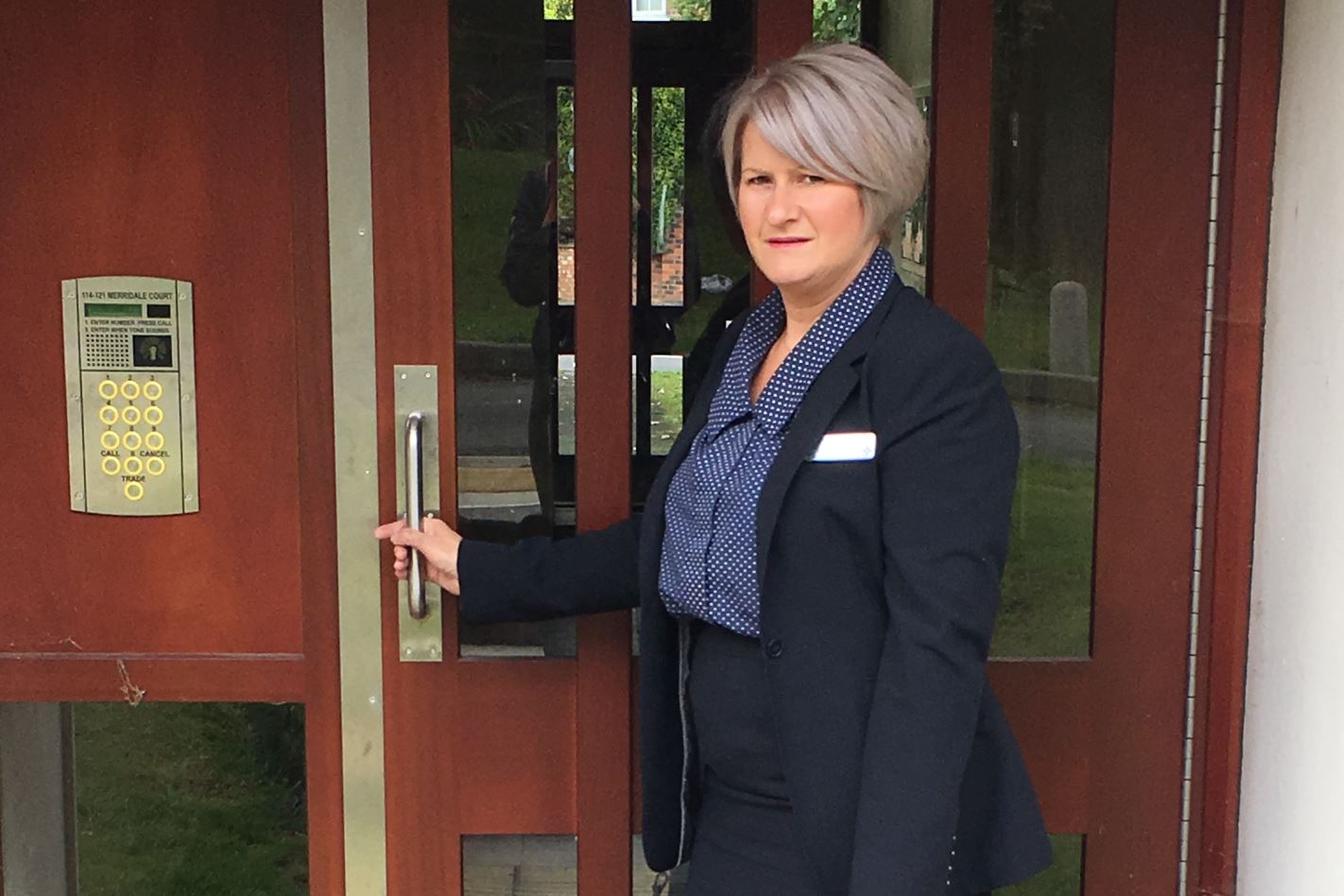29th September 2016
Background
As a Specialist Health Visitor, I have responsibility for families and expectant mothers who reside in temporary accommodation. Many of the families have moved in from outside Wolverhampton to flee domestic abuse. They have limited knowledge of locally available health services and there is sometimes a delay in registering with a GP. Evidence suggests that homeless families have a higher rate of accidents and hospital admissions. “Managing minor illness and reducing accidents” is one of the high impact areas for Health Visiting; however measuring outcomes for this presents a challenge.
By auditing the accident and emergency attendances, I could then identify specific issues, with respect of the injuries following an accident. This led me to coordinate an event during Child Safety Week 2015 within the refuges, to increase parental and child awareness of accidental risk and to promote positive behaviour changes. Feedback from the event was positive, 75% of parents said that they had learned something new and would make a positive change to improve home safety.
Current issues
The refuges, hostels, and I work closely together to ensure a comprehensive health visiting service to homeless families who are one of the most vulnerable groups. The issues for families, which increase the risk of unintentional accidents, include:
- Lack of space and cluttering (fall risk)
- Bunk beds (fall risk)
- Lack of cupboard space (poisoning risk)
- Communal living (scald risk/choking risk/poisoning risk)
- Wide communal staircases (falls risk)
- Cooking facilities in bedroom(burn/scald and fire risk)
- Communal kitchen facilities (burn risk/poisoning risk)
- Unfamiliar equipment e.g. highchair/cot (injury/fall risk)
- Communal outdoor play equipment (injuries/fall risk)
- Supervision issues when parents are tired/distracted/cooking
- Negative peer influences e.g. climbing on tables (falls risk)
During my initial visit to families, there is an opportunity to discuss the potential risks and educate parents about appropriate access to health care. I have developed my own tool for this, namely the “Toddler Triangle” based on the “NHS Choose Well” Campaign. This informs families about the appropriate use of local services, and is displayed in the refuges and hostels.
When the family have secured a tenancy within Wolverhampton I complete a “new home” visit prior to handing over to the generic health visiting team. I complete an assessment to establish any potential hazards. This is accepted by the family, with whom I have already built up a trusting relationship. A safe sleep assessment is completed and other factors considered, for example window locks, smoke detectors, safe storage of hazardous substances.
Available services
- Home safety team (one hour workshop)
- Home safety equipment
- Fire safety scheme
- Home safety checklist in the parent-held record
Challenges
It can be difficult talking to parents about home safety when they are consumed with their own priorities, such as financial or relationship issues. The topic area needs to be treated very sensitively and at an appropriate time, to avoid being patronising and to maximise impact. Any discussions have to be client-focused to make it relevant and effective – timing is therefore essential when raising this as a topic for discussion. Evidence supports the appropriateness of timing when giving important health messages to promote a behaviour change.
Summary
“Managing minor illnesses and reducing accidents” (one of the high impact areas)
Application of the “Principles of Health visiting”
| 1 | SEARCHING FOR HEALTH NEEDS |
| · Client led agenda
· Confidential discussion · Observation · Risk assessment · Sensitive enquiry |
|
| 2 | STIMULATIONOF AN AWARENESS OF HEALTH NEEDS |
| · Identify risk factors
· Promote parental self-awareness · Encourage parental self-assessment · Sensitive delivery of health messages · Identify barriers for change |
|
| 3 | INFLUENCING POLICIES AFFECTING HELATH |
| · Involvement in the local homeless strategy
· Lobbying services to improve service provision to homeless families · Liaison with GP practices |
|
| 4 | FACILITATING HEALTH ENHANCING ACTIVITIES |
| · Identify target areas through research/audit
· Delivery of client-focused activities · Work in collaboration with other agencies · Evaluate and measure outcomes · Reflection/professional development · Share knowledge and experiences |
Conclusion
The majority of families who move on from temporary accommodation are better informed about accident prevention. They have been equipped with the knowledge and skills to keep safe, and are better informed about the appropriate use of local health services. With a further home safety event planned for later on this year, I will continue to deliver key messages in collaboration with other agencies in Wolverhampton.
Trudi Law, Specialist Health Visitor (Homeless families) and Queen`s Nurse, The Royal Wolverhampton NHS Trust ([email protected])







